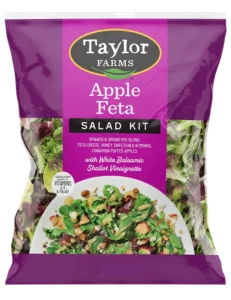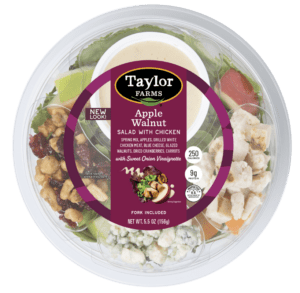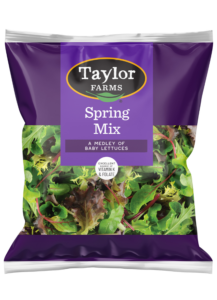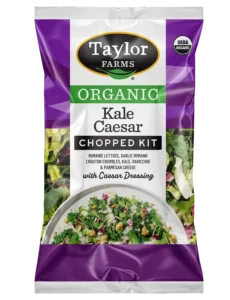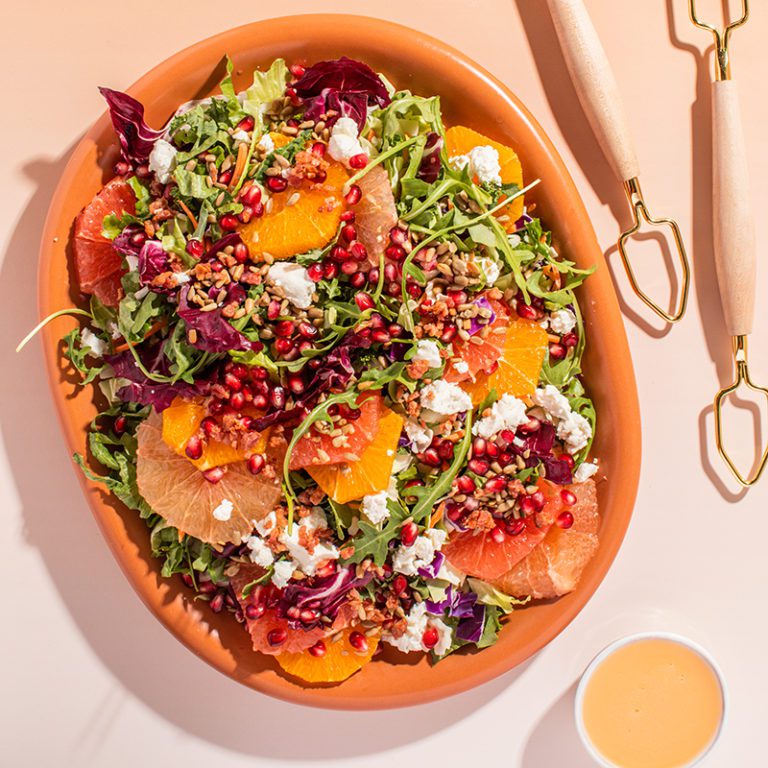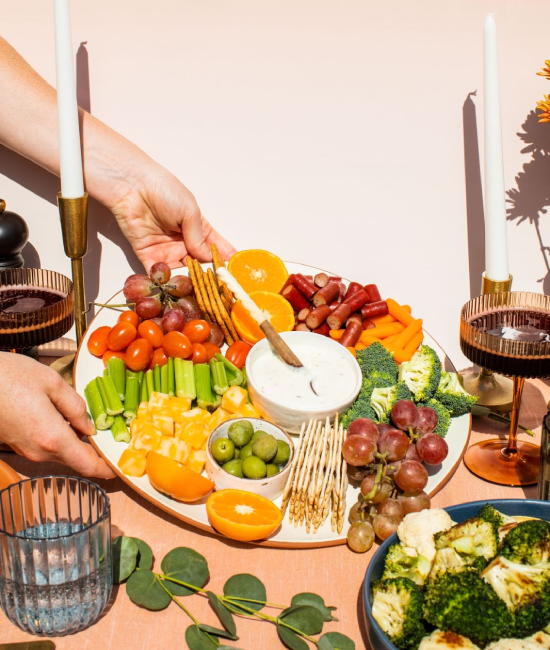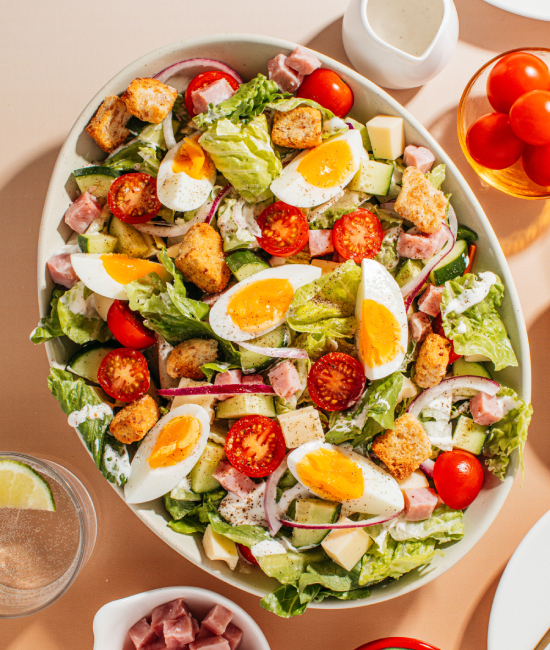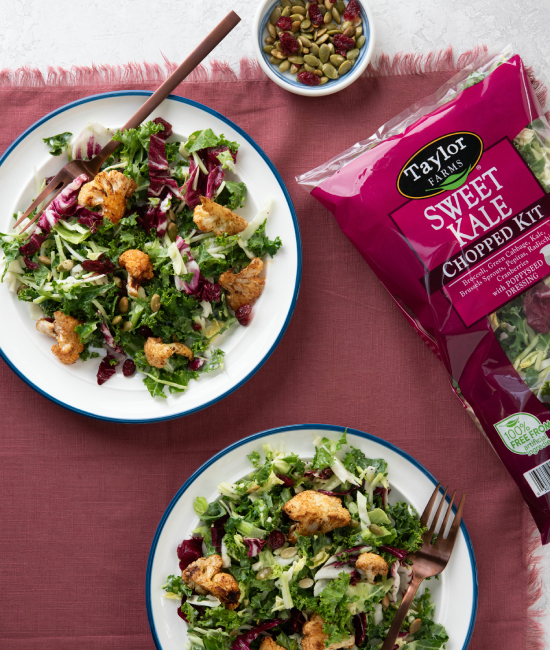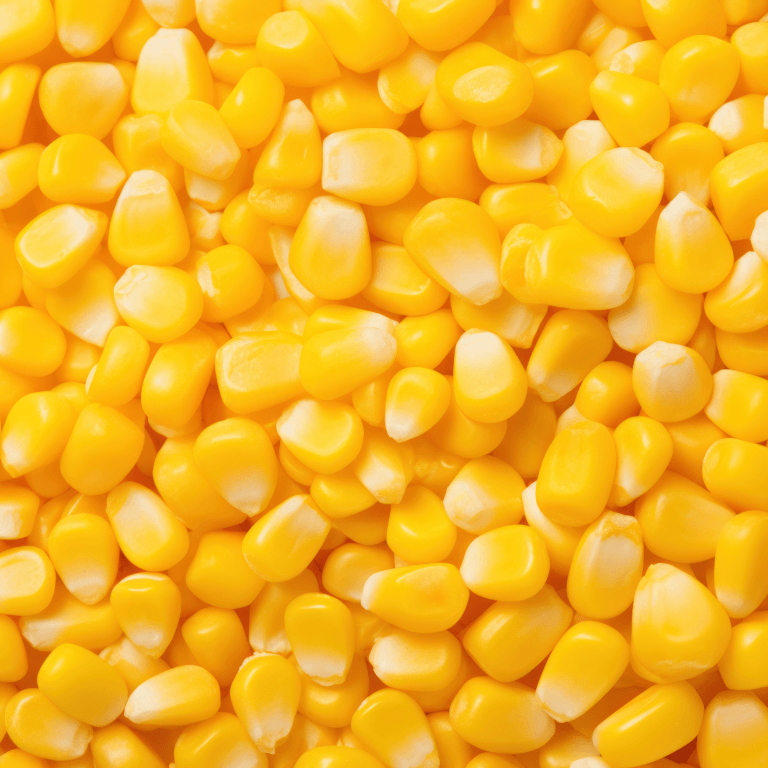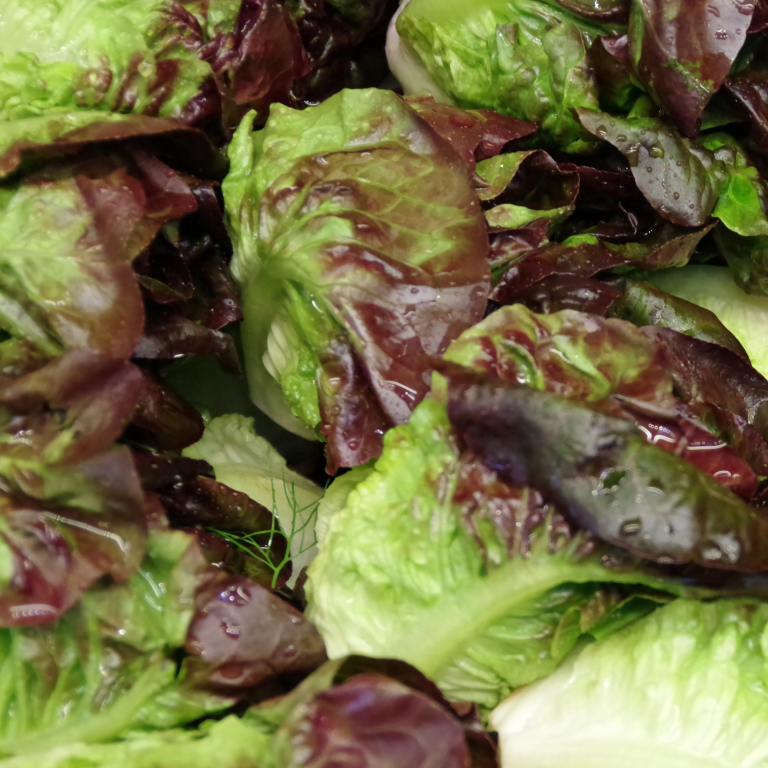Radicchio at a Glance
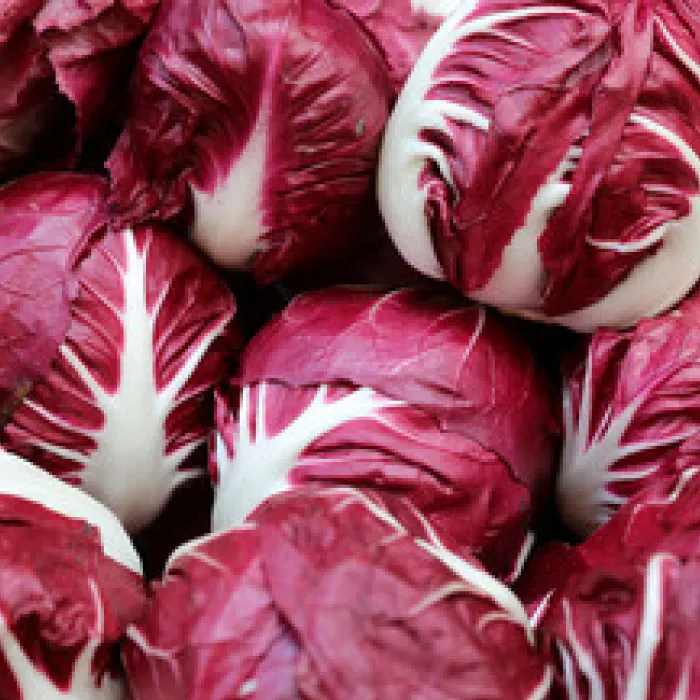
Scientific Name: Cichorium intybus var. foliosum
Family: Asteraceae
In Season: Typically in season during the fall and winter months, as it thrives in cooler weather.
Varieties: There are several varieties of radicchio, with the most common being the round, tightly packed Chioggia and the elongated, slightly bitter Treviso.
Great for: Radicchio adds a delightful bitter crunch to salads, and its robust flavor stands up well to grilling or roasting. It’s a favorite in various Mediterranean and Italian dishes, bringing depth and color to culinary creations.
Radicchio Nutrition
2 Carbohydrates
Vitamin K
9 Calories
Common Questions about Radicchio
Radicchio’s deep maroon leaves are known for their pronounced bitterness and a touch of spiciness. The initial bite can be sharp, but the bitterness quickly subsides and gives way to a more complex flavor. This bold taste pairs well with milder, sweeter ingredients in salads.
When cooked, radicchio’s bitterness softens, developing a slightly sweet and nutty taste. The bitterness becomes more mellow and pleasant, creating a complex flavor profile. The cooking method—whether roasting, grilling, or sautéing—can influence the final taste and texture. Grilled radicchio, for example, may have smoky undertones with a slightly crisp texture, while roasted radicchio can develop a bit of caramelized sweetness with a softened bite.
Growing radicchio
Radicchio is typically ready to harvest when the head reaches full size — around 3-4 inches in diameter. The outer leaves should be tight, firm, and display the characteristic maroon or red color. As it matures, the bitterness intensifies, so the ideal time to harvest depends on personal preference. If you prefer a milder flavor, harvest it when it’s smaller; for a more intense bitterness, wait until the radicchio is larger.
Purchased radicchio
When purchasing fresh radicchio, look for heads with crisp, unblemished leaves and vibrant color. Avoid radicchio with wilting or yellowing leaves, as these may indicate age and a lack of freshness. It should also feel “heavy for its size,” which is a sign of water content. The outer leaves may be slightly bitter, but the inner leaves are usually milder. Radicchio is considered ready to eat when it has a firm texture and a fresh, slightly bitter taste.
Begin by removing any damaged or discolored outer leaves. Next, wrap the head in a damp paper towel to help retain moisture. Place the wrapped radicchio in a plastic bag or an airtight container, leaving the lid slightly open to allow for some air circulation. Store it in the crisper drawer of your refrigerator. Avoid sealing it too tightly, as radicchio benefits from some airflow.
Properly stored radicchio can stay fresh for up to one to two weeks. If you’ve already cut or prepared radicchio, place it in an airtight container and refrigerate it — ideally using it within a few days for the best quality.
Freezing radicchio is not recommended because it can significantly alter the texture and flavor of this leafy green. Freezing can cause radicchio to become limp and mushy upon thawing.
Radicchio is primarily grown in regions with cool climates and well-drained soil. It is a significant crop in Italy, particularly in the Veneto region, where varieties like Chioggia and Treviso are popular. Other European countries, including France and Spain, also cultivate radicchio. California is a notable producer in the United States, with areas around Salinas and Oxnard renowned for their radicchio production. Radicchio is also grown in Canada, particularly in and around Ontario.
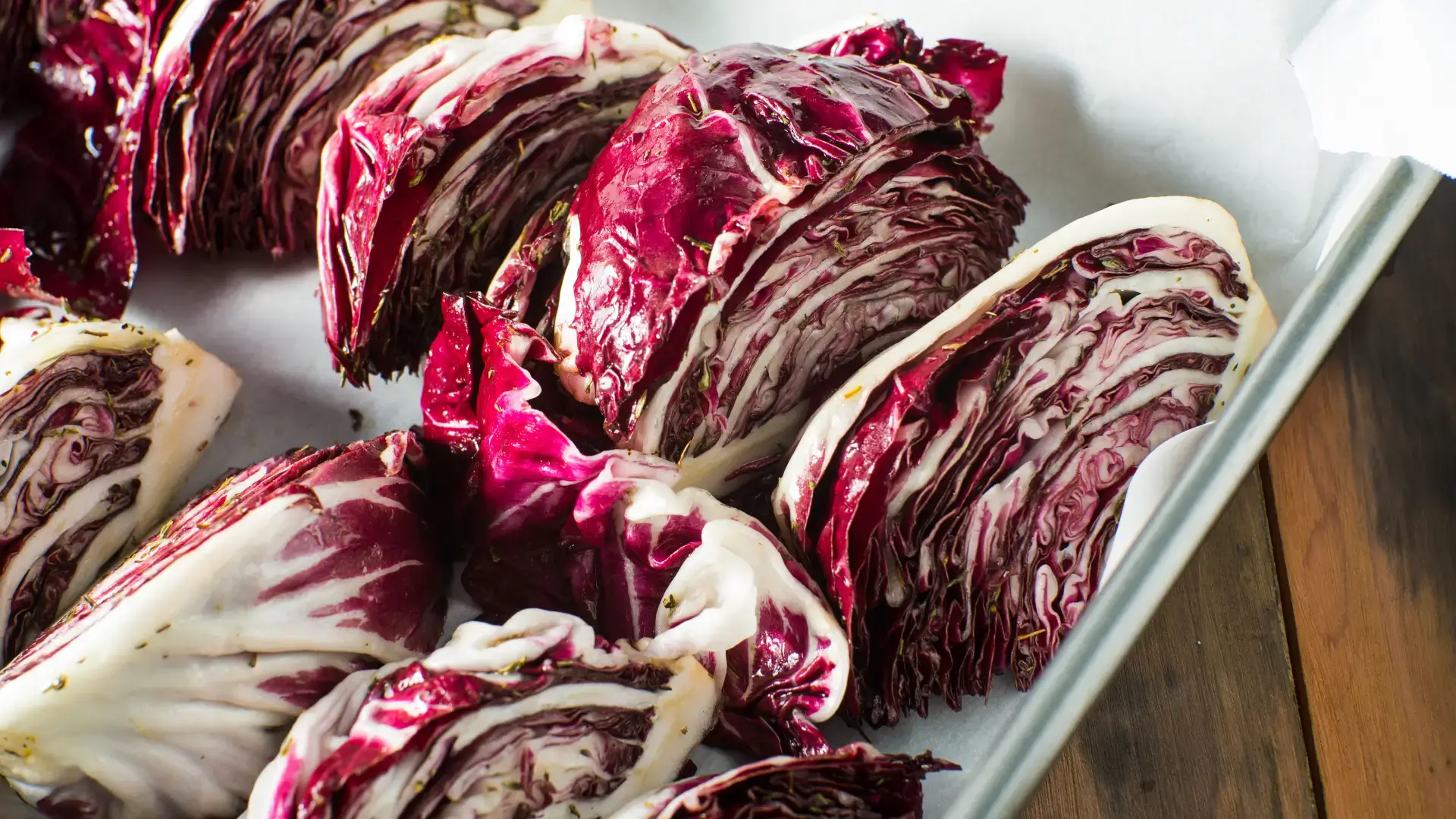
How to cook & serve radicchio
Grilled: Halve or quarter radicchio heads, brush with olive oil, and grill until slightly charred. The smoky notes complement the bitter undertones. Serve alongside grilled meats or in salads with creamy dressings to help balance out the bitterness.
Roasted: Toss radicchio wedges with olive oil, salt, and pepper, then roast until tender and slightly caramelized to enhance its sweetness. Serve with roasted poultry, grains, or incorporate it into pasta dishes for some added depth of flavor.
Sautéed: Quickly sauté sliced radicchio in olive oil until it wilts and becomes tender. Sautéed radicchio is a wonderful addition to frittatas, risottos, or as a side for grilled seafood.
Raw: In its raw form, radicchio adds a bold crunch to salads. Pair it with sweet fruits, nuts, and tangy vinaigrettes to balance its bitterness. It also complements ingredients like apples, pears, or citrus fruits.
Braised: Braising radicchio in broth or wine softens its texture and mellows the bitterness. Serve it as a side dish, or use it to enhance the flavors of pasta dishes and stews.
In short, radicchio pairs very well with ingredients that can either balance its bitterness, like sweet fruits or creamy cheeses, or enhance its complexity, like smoky flavors from grilling or roasting.






